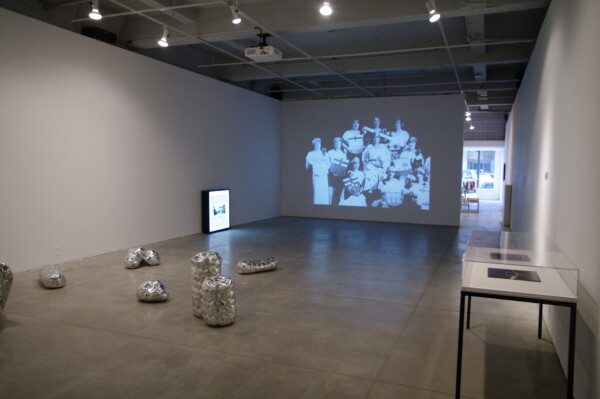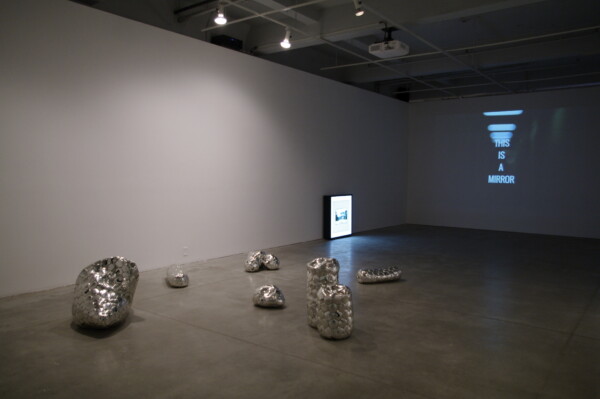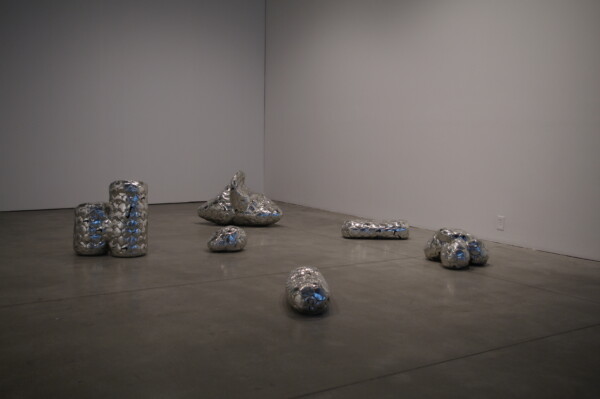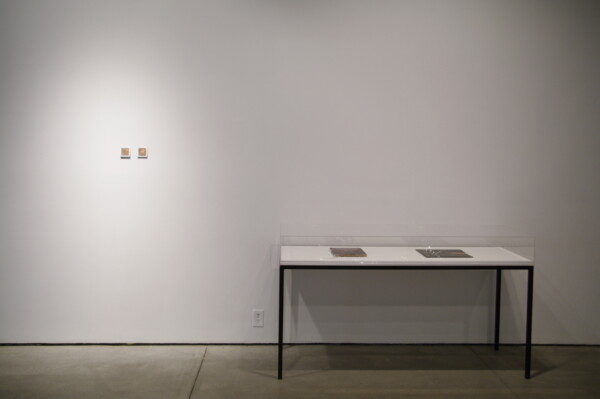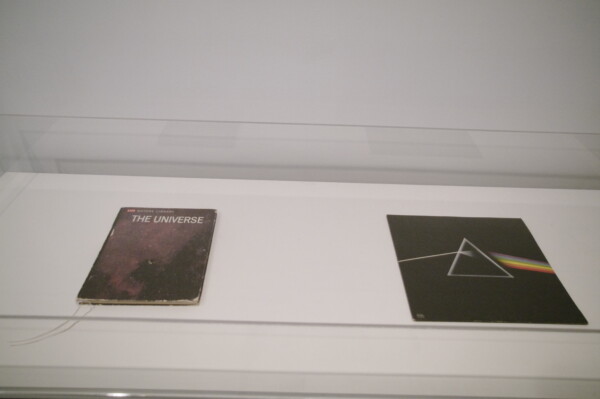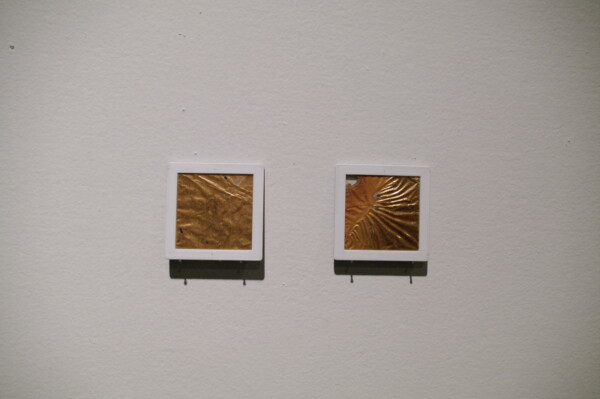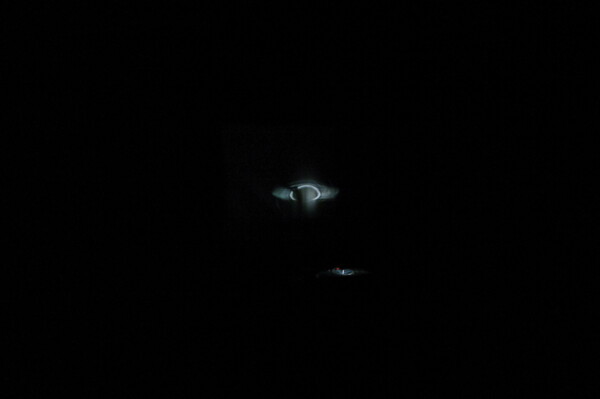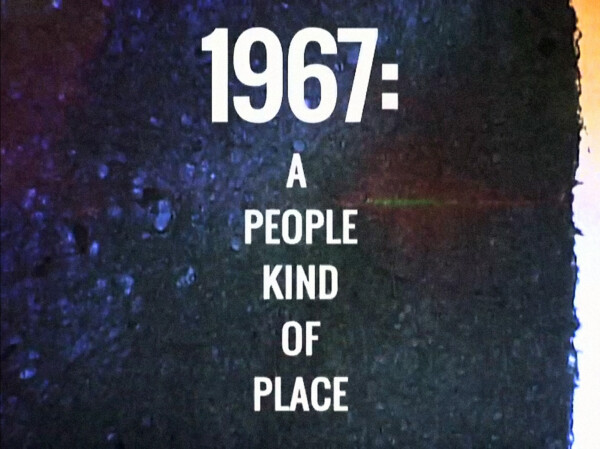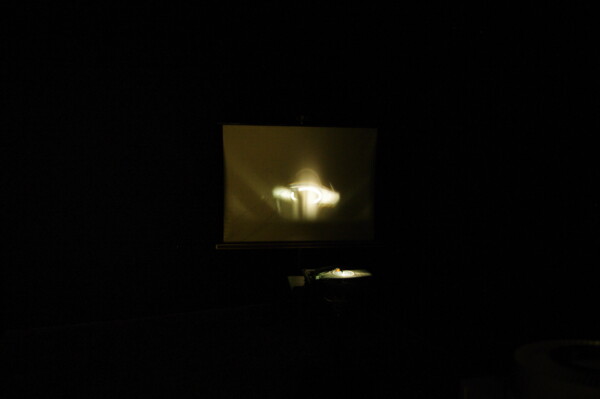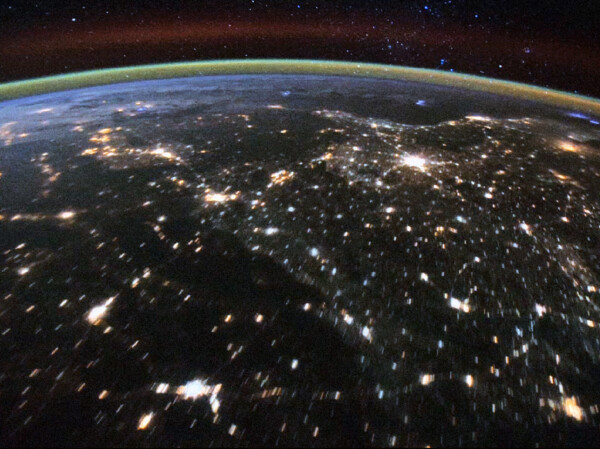- Science Fiction 21: The Last Frontier
- Science Fiction 21: The Last Frontier
- Science Fiction 21: The Last Frontier
- Science Fiction 21: The Last Frontier
Science Fiction 21
The Last Frontier
14 December–
19 January 2014
Curated by: Candice Hopkins (Guest Curator), Jonathan Middleton (Director Curator)


Science Fiction 21: The Last Frontier, exhibition at Or Gallery, 2013.
Science Fiction 21
The Last Frontier
Jacqueline Hoang Nguyen, Brian Jungen, Charles Stankievech
Curated by: Candice Hopkins (Guest Curator), Jonathan Middleton (Director Curator)
*Exhibition extended to February 19*
We are pleased to announce the exhibition The Last Frontier, the twenty-first instalment of an 88-part science fiction series produced by the Or Gallery.
This exhibition is a vignette of sorts with three interrelated parts. It begins with a video by Jacqueline Hoang Nguyen entitled 1967: A People Kind of Place (2012) which centers on a specific point in the history of St. Paul, Alberta, a town located 300 kilometers north of Edmonton. Making use of archival film footage, in this collaged video a complex narrative regarding municipal and national policies and the contradictions inherent with the development of Canada’s multicultural act emerges. In 1967, in a gesture of radical hospitality, St. Paul inaugurated a UFO landing pad as a way to welcome the whole world including those from outer space. “The UFO landing pad”, writes Nguyen, “functions as a symbol for Canada’s increased emphasis on hospitality, tolerance, diversity, and unity at that point in history … a complex and paradoxical structural representation of both nationalist and anti-nationalist discourse”. 1967: A People Kind of Place also uncovers the colonial aspirations that led to the formation of St. Paul—the community was created for the purpose of assimilating Metis people into so-called “mainstream society”. After admitting the failure of this venture, the town dropped “des Metis” from its name. An enlarged backlit image of a 35mm slide of the original landing pad, empty and unoccupied, rests near the projected video. As the title of this exhibition suggests, science fiction and conceptions of space are oftentimes bound together with colonial aspirations.
Brian Jungen’s Modern Sculpture (After Iceland) (2005), is a set of amorphous forms—igneous lava rock from Iceland that the artist has covered in the outer skins of Nike soccer balls. The chrome-coloured leather obscures the inner forms, emphasizing the liquid nature of the molten lava. The sculptures appear as though they are suspended in motion, almost like drops of the element mercury, and like mercury they seem to exhibit the same uncanny pull towards the whole. One of the characteristics of the element is its strong attraction to other metals, including gold and silver; it will amalgamate them and create new hybrids, dissolving the other material the process.
Science fiction is rife with narratives of the extraordinary and the unexplained. Charles Stankievech’s Gravity’s Rainbow (2009) had its origins in a similar moment, when he noticed a chance apparition on the wall of his studio—a sliver of prismatic light that had refracted off of the surface of a vinyl record lying on his desk. Gravity’s Rainbow replicates something of the black magic of this initial inspiration: the work makes use of the vinyl grooves of Pink Floyd’s 12” record “Dark Side of the Moon” to produce a thin sliver of light that hovers on the wall, reminiscent of the rings of Saturn. “The installation’s soundtrack”, Stankievech explains, “is created by placing the needle of the turntable in the last groove of the record, which in turn produces a wash of white noise similar to the sound of background radiation of the cosmos as picked up from deep space radio telescopes”. Gravity’s Rainbow is accompanied by a few select objects: the album cover from the “Dark Side of the Moon”, a book entitled “THE UNIVERSE” from the Time LIFE series, and a photographic document of the orbiting light rings. The installation’s title is a nod to the serendipitous release of Pink Floyd’s generation-defining album in 1973, the same year that Thomas Pynchon’s equally influential book, “Gravity’s Rainbow”, was first published.
Special thanks to Catriona Jeffries, VOX Centre de l’image contemporaine and the Contemporary Art Gallery for their assistance with this exhibition.
Science Fiction 21 The Last Frontier (2.00 MB)
Artist Bios
Brian Jungen
Brian Jungen lives and works in Vancouver and the Peace Country in northeastern British Columbia. He has exhibited nationally and internationally in major solo and group exhibitions. Using reclaimed materials and creating a hybridity of meaning in these objects, Jungen’s work evokes cultural traditions and points to the link between the social and environmental effects of our globalized trade in mass-produced objects. Solo exhibitions include National Museum of the American Indian, Washington, D.C. (2010); Le Frac des Pays de la Loire, Carquefou, France (2009); Casey Kaplan, New York (2008); Museum Villa Stuck, Munich (2007); Catriona Jeffries, Vancouver (2007); and Tate Modern, London (2006).
Jacqueline Hoang Nguyen
Born and raised in Montreal, French-Canadian of Vietnamese origin, Jacqueline Hoang Nguyen is a research-based artist currently based in Brooklyn and Stockholm. Nguyen recently completed the Whitney Museum of American Art’s Independent Study Program (Studio 2010-2011). She obtained her MFA and a post-graduate diploma in Critical Studies at the Malmö Art Academy in Malmö, Sweden (2003-2005), and had previously completed her BFA degree with distinction at Concordia University in Montreal, Canada (1999-2003).
Amongst selected exhibitions, her work were shown internationally such as the ICA, Institute of Contemporary Art in Philadelphia (2011); the Mason Gross Galleries in New Jersey (2011); the Galerie Im Regierungsviertel in Berlin (2010); Gasworks in London (2010), Pictura Gallery/Skånska Konstmuseum in Lund (2009), Cranbrook Museum in Cranbrook (2008), Rooseum Museum of Contemporary Art in Malmö (2005), and the Living Art Museum in Reykjavik (2004). Solo exhibitions include VOX: Centre de l’image contemporaine in Montreal (2012) and AXENEO7 in Ottawa (2013), in addition to participating in the group show The Last Laugh curated by Kari Cwynar at Apexart in New York (2013), to name a few.
Charles Stankievech
Charles Stankievech, born in Okotoks, Canada, is based in Berlin, Germany. He has exhibited in venues such as Palais de Tokyo (Paris), International Symposium on Electronic Arts (ISEA2010, Germany), dOCUMENTA 13 (Kassel), Xth Biennale of Architecture (Venice), NGBK + HKW (Berlin), ISSUE Project Room (New York), Musèe d’art Contemporain Montreal, Canadian Centre for Architecture and MASSMoCA. In 2011 he was the West Coast/Yukon finalist for the Sobey Art Award. In 2012 he was artist-in-residence at Flaggfabrikken (Norway), MARFA Fieldwork International Research Program (Marfa, Texas). He has also held residencies with the Canadian Forces Artist Program, MuseumsQuartier (Vienna, Austria), Nodar Artist Residency Center (Portugal), Waterpod (NYC), Atlantic Center for the Arts (Florida), Banff Centre for the Arts, and artLAB San Servolo Artist Residency (Venice). His writings appear in academic journals such as Leonardo Music Journal (MIT Press) and 306090 (Princeton Architectural Press), as well as experimental texts in art publications. Since 2011, he has served as co-director of the art and theory press K.
Curator Bio
Candice Hopkins
Candice Hopkins, originally from Whitehorse, Yukon, is an independent curator and writer based in Albuquerque, New Mexico. She has published extensively on history, art and vernacular architecture and has lectured at venues including Witte de With, Tate Modern and the Dakar Biennale. In 2012, she presented a keynote lecture on the topic of the “sovereign imagination” for dOCUMENTA 13. Her recent projects include Close Encounters: The Next 500 Years, a multi-site exhibition in Winnipeg co-curated with Steve Loft, Jenny Western and Lee-Ann Martin, and Sakahàn: International Indigenous Art, the National Gallery of Canada’s largest survey of contemporary art, co-curated with Greg Hill and Christine Lalonde. She is currently working with Lucia Sanroman, Irene Hoffmann and Janet Dees as co-curator of 2014 SITE Santa Fe biennial exhibition, Unsettled Landscapes, which opens on July 17th.




